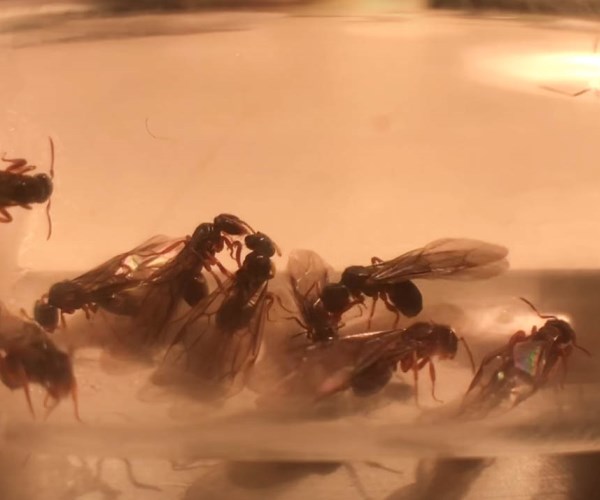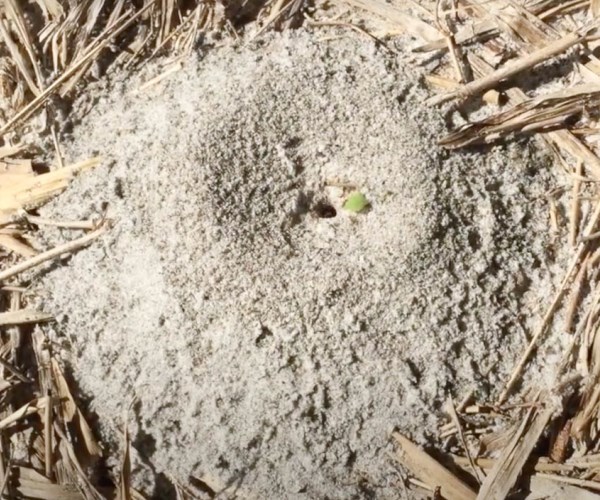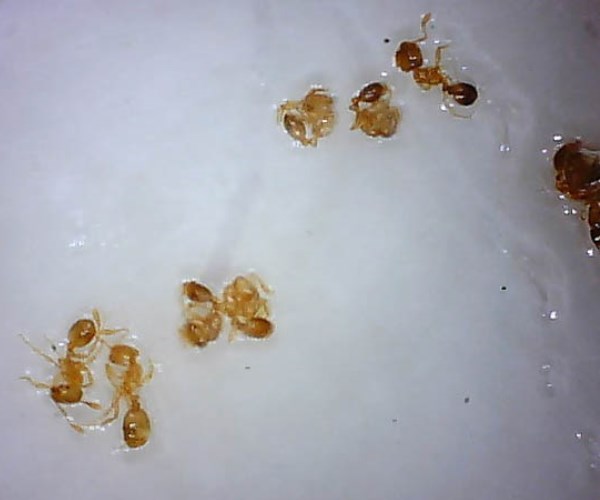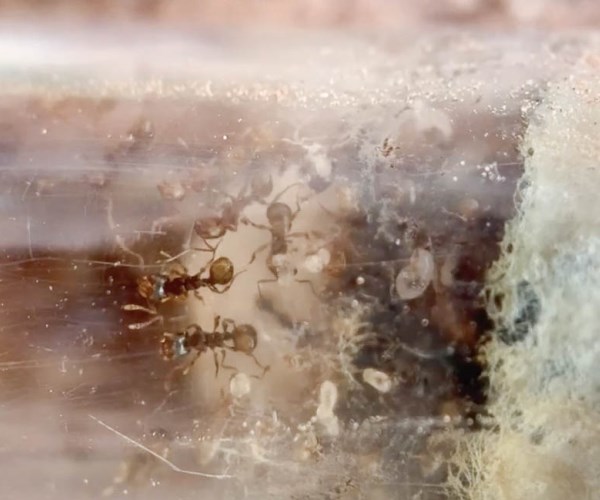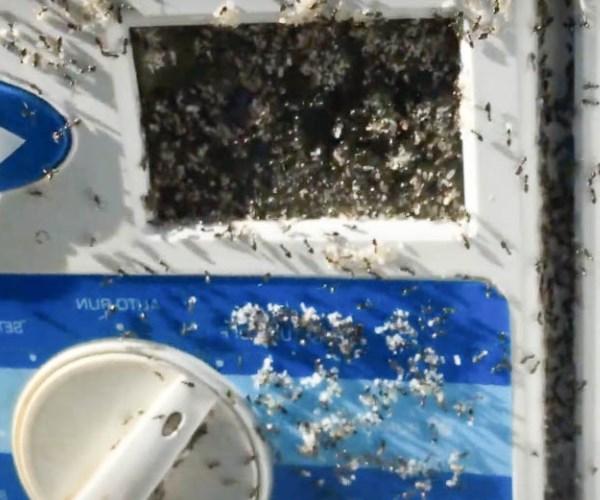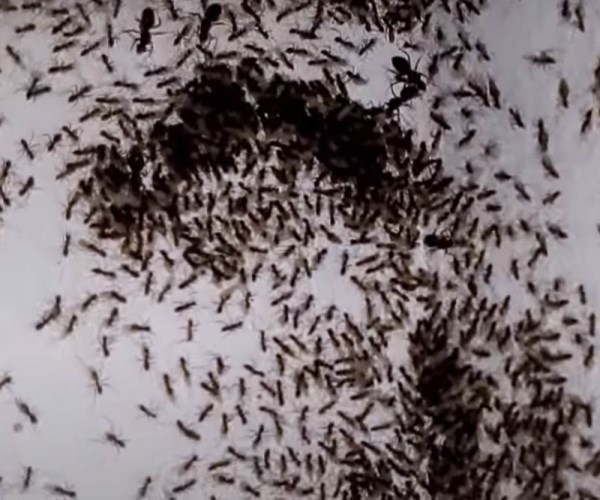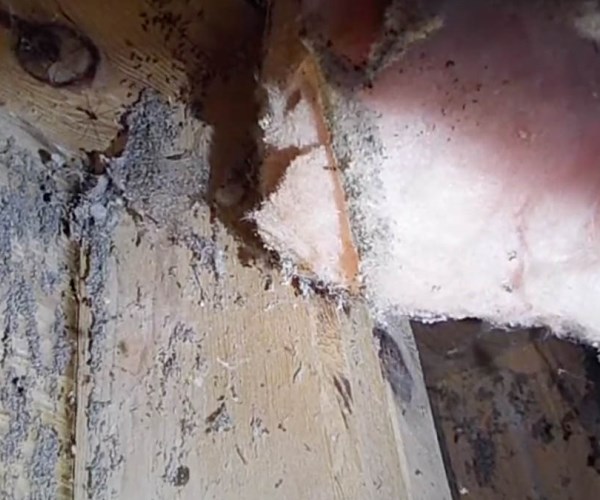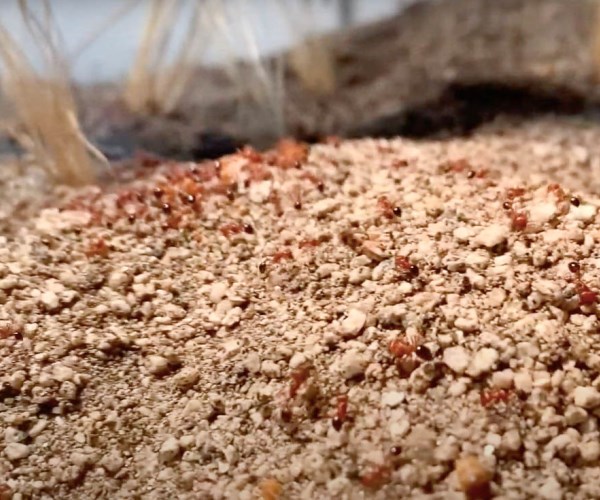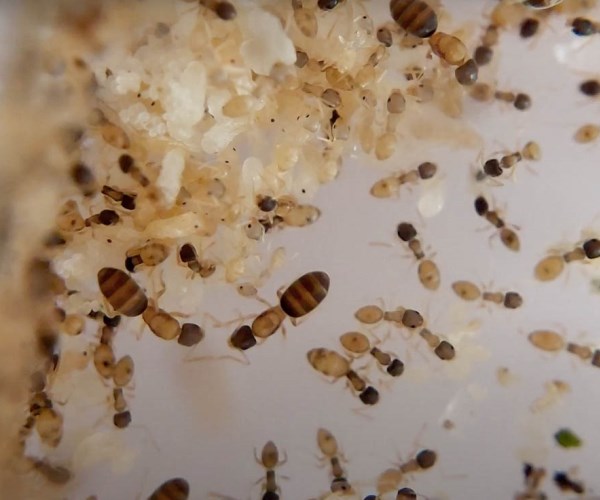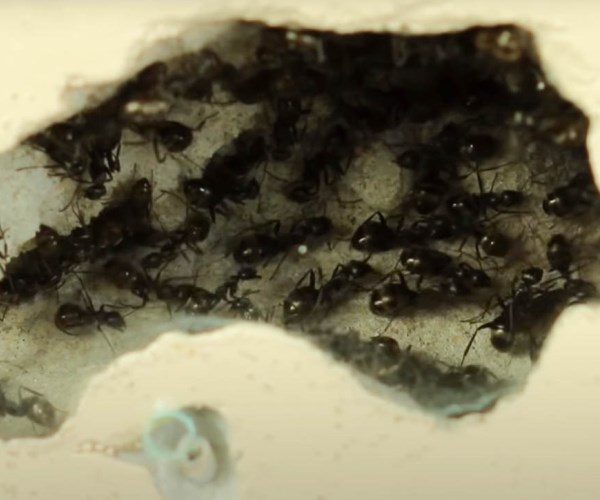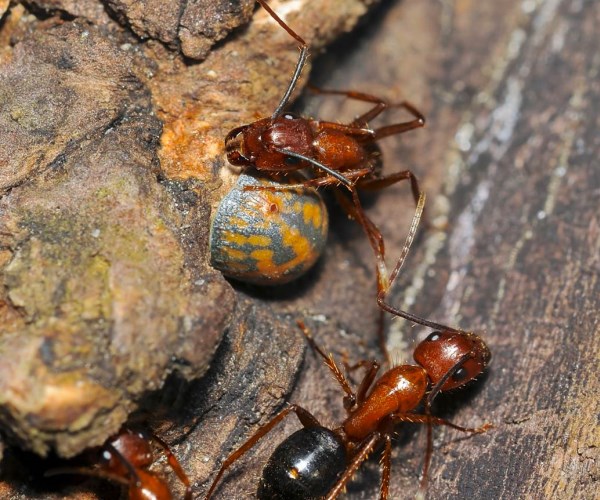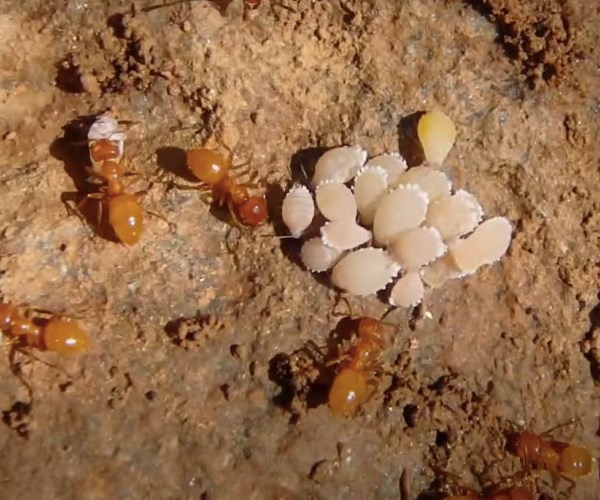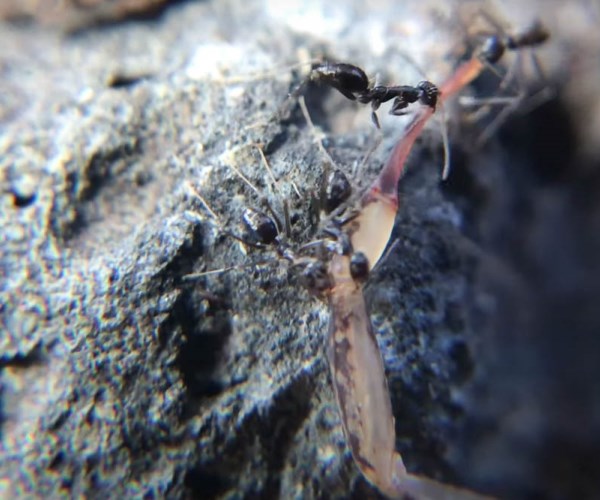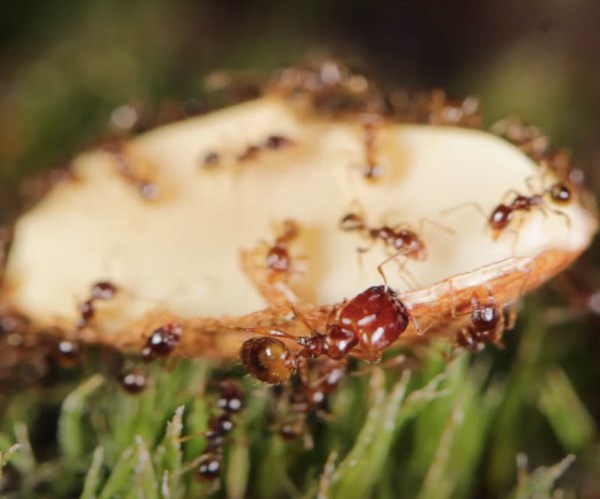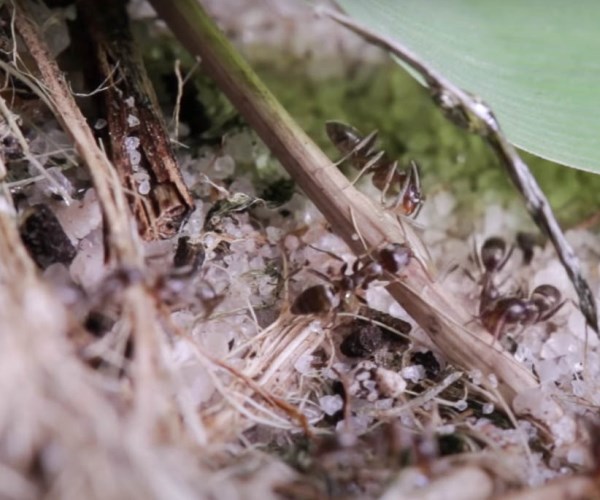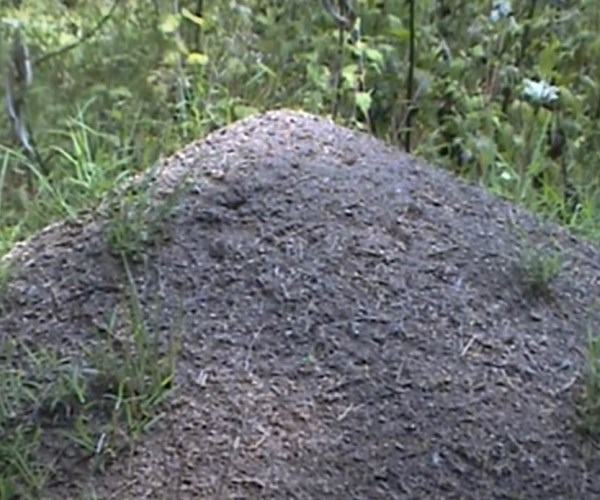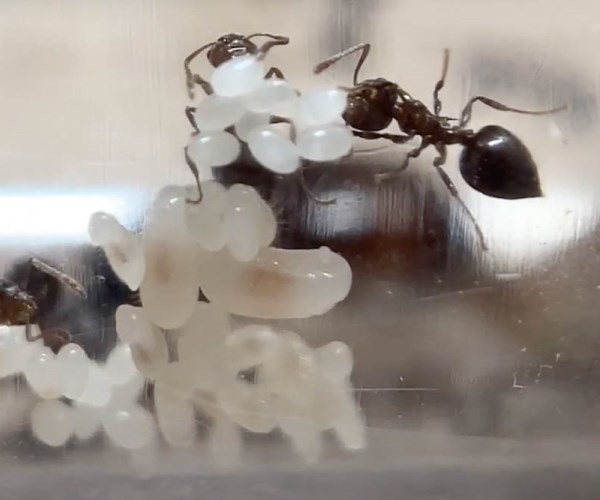About Leafcutting Ants
About Leafcutting Ants
Leafcutting ants are known for their large colonies and their extensive defoliation abilities. They get their name from their defoliation abilities.
Appearance
The color of Leafcutting ants varies from rust to dark brown. The size of the ants also varies. The workers are 1/16 to ½ inch long. The queens are bigger than the workers with a length of ¾ inch. The characteristic physical features of these ants include the three pairs of spines on their thorax. They also have a pair of spines at the back of their heads. Leafcutting ants have long legs, and their legs and abdomen are typically paler than the rest of their bodies. The female reproducers have larger heads than the males.
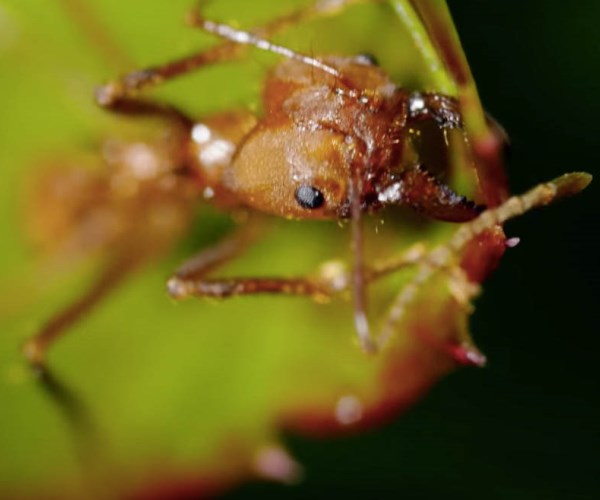
Behavior
In the US, there are only two species of leafcutting ants. They are found in locations such as Arizona, southern California, Texas, and western Louisiana. They live in very large colonies. A colony of leafcutting ants can have up to a million members. There are also colonies of 2 million ants. They can also establish colonies for long periods, up to 70 years.
The queen lives for extended periods. Colonies may have multiple queens that produce eggs continually. The eggs hatch into the workers as well as the reproducers.
Foraging habits of leafcutting ants differ according to the weather conditions. During the colder periods, they can forage during the day. During the hotter periods, they forage mostly at night. In summer, leafcutting ants stay in their nests during the day. To conserve moisture, they also cover the entrances of their nests with soil and debris.
Leafcutting ants gather leaves that raise fungus for food. They could travel as far as 600 feet away from their nests to gather leaves. They travel back to their nests with the leaf particles. They tend to use the leaf particles to raise a fungus garden and feed on the fungus. Although the fungus is a major part of their diet, they also feed on corn, peas, flour, beans, rice, and caterpillar droppings. However, some species stick to fungus. They prefer to nest in open areas and are found in agricultural lands as well as urban neighborhoods. The ants prefer to nest outdoors.
They may enter indoor spaces but leave quickly. The nests of leafcutting ants are mostly found in warm areas. The mating flight of leafcutting ants takes place between April and June. After mating, the male loses its wings and dies. The female loses her wings and starts the new colony. Before swarming, the female stores a large quantity of fungus in her mouth. This is the initial source of food for the first set of offspring. The queen may also eat some of the first set of offspring.
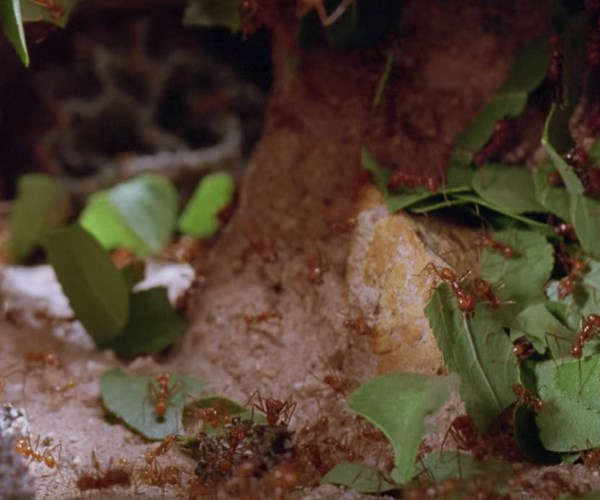
Leafcutting ants make their habitats in areas such as forestlands, roadsides, and brush lands. They prefer areas with deep, well-drained sandy or loamy soils. The diameter of the colonies of leafcutting ants can be as wide as 80 feet. The colonies can also be as deep as 50 feet. They make mounds, which can be as high as 14 inches and with a diameter of about an inch. Several colonies of the ants may occupy an area. In such cases, the mounds and colonies could be indistinguishable.
Damage they cause
They cause extensive damage to vegetation. Leafcutting ants can cause serious defoliation overnight. They defoliate plants and trees and carry the leaves to their nests. Small and medium-sized trees can be significantly damaged in a short period.
The defoliation damage which the ants cause is proportional to the size of the colonies in the area. They travel in trails, which are typically littered with leaf particles.
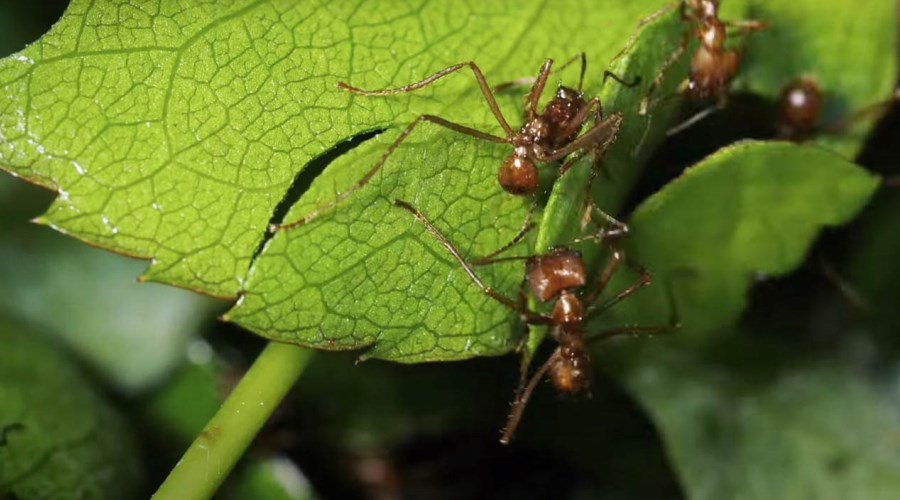
Signs of infestation
The foraging insects are a major sign of the infestation of leafcutting ants. They are most active at night and travel in trails that are typically littered with leaf particles. These trails could lead to the nests. The mounds could also give away their presence.


